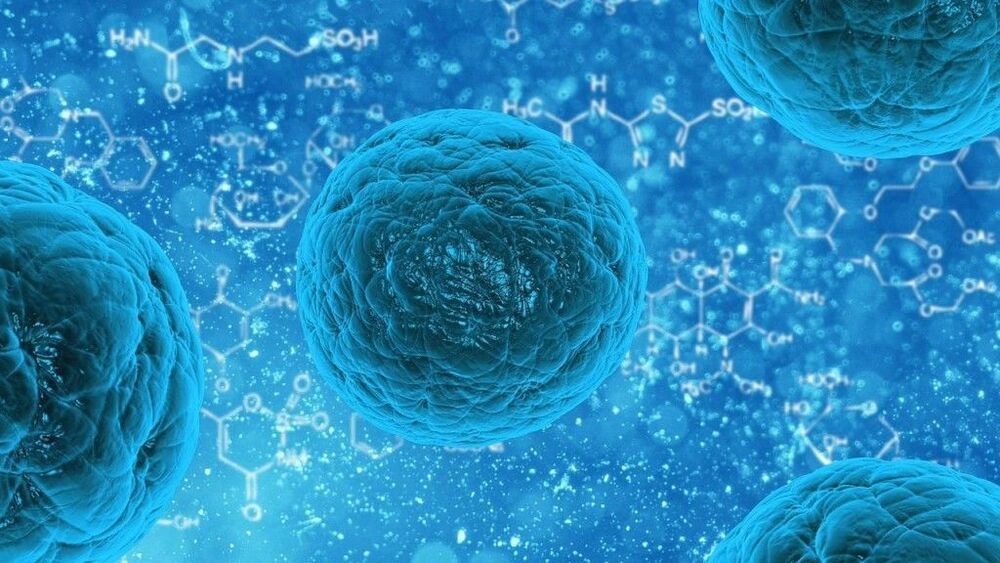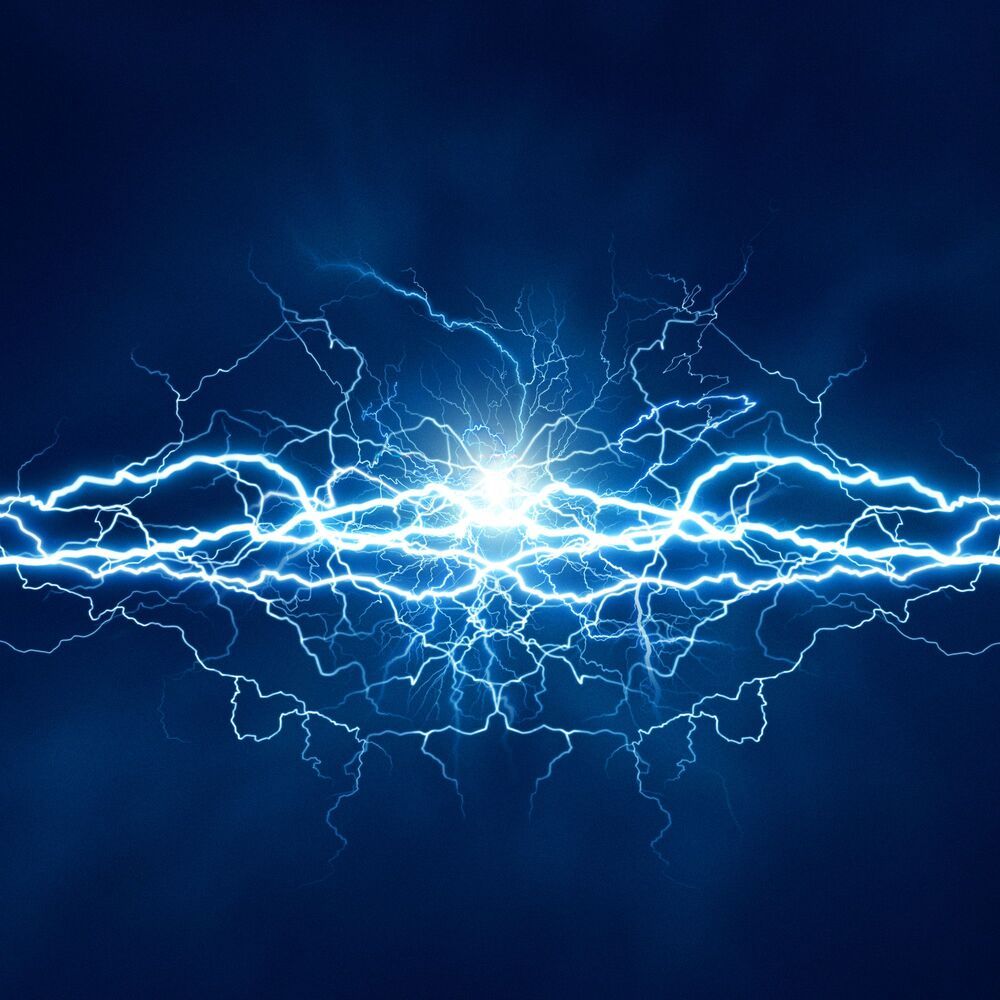Dogmatic individuals tend to form less accurate judgements thanks to a generic resistance to seeking out additional information, according to new research published in the Proceedings of the National Academy of Sciences (PNAS). The findings shed new light on the cognitive underpinnings of dogmatic worldviews.
“We have never been so free to decide if we have enough evidence about something or whether we should seek out further information from a reliable source before believing it,” explained study author Lion Schulz, a doctoral researcher in the Department of Computational Neuroscience at the Max Planck Institute for Biological Cybernetics.
“In turn, if we don’t check on quick and uncertain judgements, this can leave us quite vulnerable to misinformation. Understanding the mechanism behind such decisions and how different people approach them is therefore important when we try to understand the current societal climate.”







